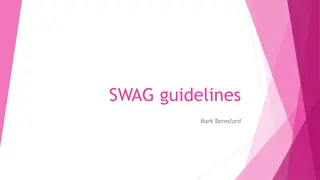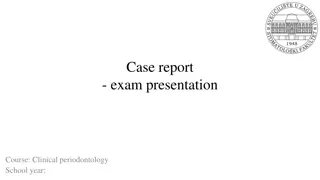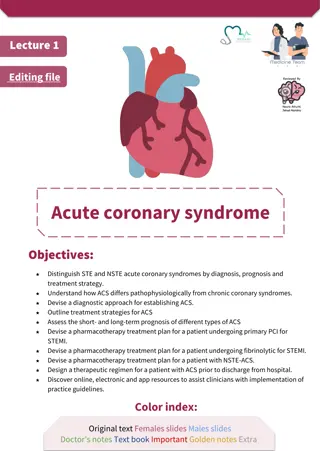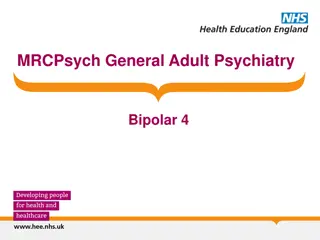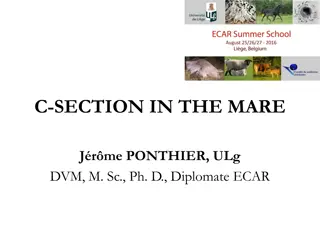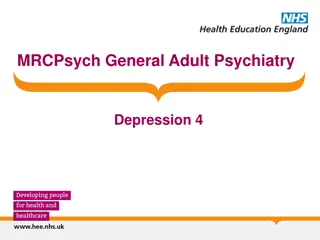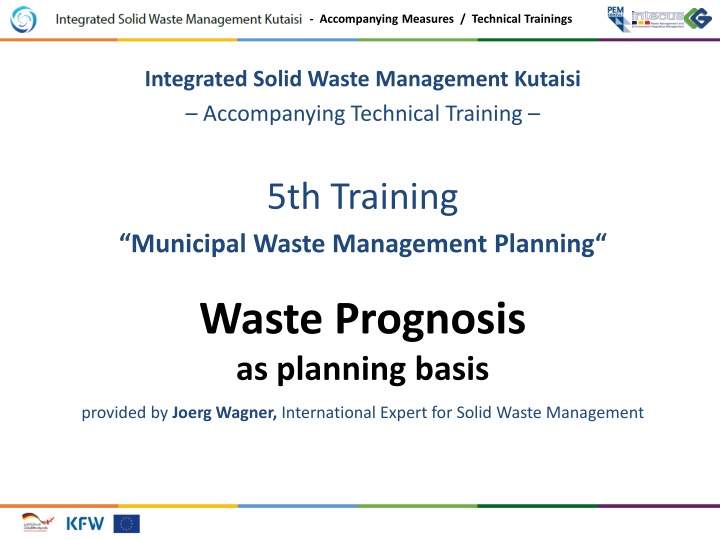
Integrated Solid Waste Management Training in Kutaisi
Explore the technical trainings on solid waste management in Kutaisi, including waste prognosis, influencing parameters, waste reduction efforts, and conduction of a waste generation prognosis. Gain insights from international expert Joerg Wagner and scenarios from Dresden for effective waste management planning.
Download Presentation

Please find below an Image/Link to download the presentation.
The content on the website is provided AS IS for your information and personal use only. It may not be sold, licensed, or shared on other websites without obtaining consent from the author. If you encounter any issues during the download, it is possible that the publisher has removed the file from their server.
You are allowed to download the files provided on this website for personal or commercial use, subject to the condition that they are used lawfully. All files are the property of their respective owners.
The content on the website is provided AS IS for your information and personal use only. It may not be sold, licensed, or shared on other websites without obtaining consent from the author.
E N D
Presentation Transcript
- Accompanying Measures / Technical Trainings Integrated Solid Waste Management Kutaisi Accompanying Technical Training 5th Training Municipal Waste Management Planning Waste Prognosis as planning basis provided by Joerg Wagner, International Expert for Solid Waste Management
- Accompanying Measures / Technical Trainings 1. Influencing parameters Following main parameters should be considered (as far as available) Population and its development (net growth or decline) Specific waste amount per inhabitant influenced by waste management measures, legislation and individual consumption (living standard!) Economic developments (net growth or decline due to - PPP development - housing developments - infrastructure projects ! also using indicators such as unemployment rate, planned investment ! Tourist developments (stays levelled over the year but seasonal fluctuations duly considered/marked) WMP training 5th Training, April 26./27., 2017 2
- Accompanying Measures / Technical Trainings 2. Conduction of a prognosis Display results in minimum - maximum (= planning corridor) and with the likely scenario (= development actually expected) Total waste generation Person-specific waste generation } Population decline only } Population decline and waste reduction efforts likely development likely development WMP training 5th Training, April 26./27., 2017 3
- Accompanying Measures / Technical Trainings 2. Conduction of a prognosis Example of Dresden: 3 Scenarios according to the prognosis of the Agency of Statistics number of inhabitants will increase (2 scenarios with/without immigration; scenario with immigration was chosen for the prognosis of waste amounts) Scenario 1 = realistic scenario: improvement of separate collection reduces generation of residual waste (separate collection of biowaste, plastics, paper, glass and metals shall be improved according to the German Waste Code) improvement of living standard increases generation of residual waste generation of residual waste per inhabitant remains constant until 2030 total waste amount will increase by 6 % according to the increase of population WMP training 5th Training, April 26./27., 2017 4
- Accompanying Measures / Technical Trainings 2. Conduction of a prognosis Example of Dresden: Scenario 2 = maximum scenario: no improvement of separate collection improvement of living standard increases generation of residual waste by 11 % until 2030 total waste amount will increase by 18 % according to the increase of population and the increase of residual waste generation per inhabitant Scenario 3 = minimum scenario: improvement of separate collection reduces generation of residual waste by -11 % (separate collection of biowaste, plastics, paper, glass and metals shall be improved according to the German Waste Code) living standard remains constant until 2030 total waste amount will be reduced by -6 % according to the increase of population and the increase of residual waste generation per inhabitant WMP training 5th Training, April 26./27., 2017 5
- Accompanying Measures / Technical Trainings 2. Conduction of a prognosis Example of Dresden Waste amount prognosis for Dresden city 2016-2030 90,000 min. real 85,000 max. 80,000 tons/yr. 75,000 70,000 65,000 60,000 WMP training 5th Training, April 26./27., 2017 6
- Accompanying Measures / Technical Trainings 2. Conduction of a prognosis Example of Sachkhere to discuss year 2011 2013 2015 2017 2019 2021 m3 19900 20800 21636 24636 27700 30500 WMP training 5th Training, April 26./27., 2017 7
- Accompanying Measures / Technical Trainings 3. Conclusion WM plan should indicate as a basis for planning decisions Total number of inhabitants per each year in the planning period Total number of persons (incl. tourists) per each year considered as recipients of waste services Trends of waste generation (total and person-specific) Trends of waste collection (total and person-specific) Trends in waste composition (change in material shares over time) Trends in the waste amounts/quality illegally disposed of WMP training 5th Training, April 26./27., 2017 8








